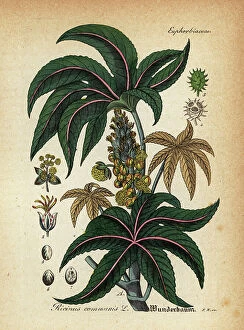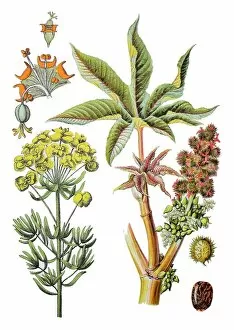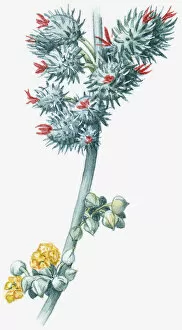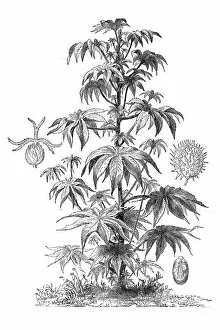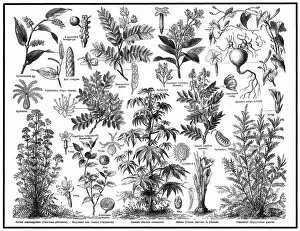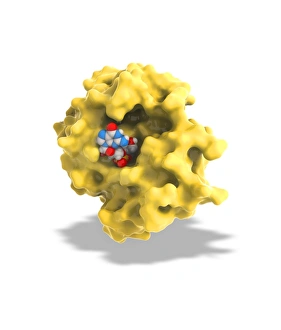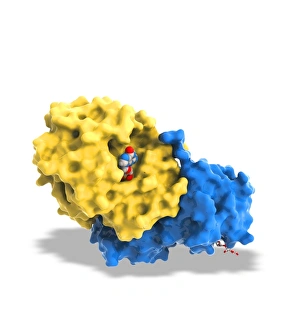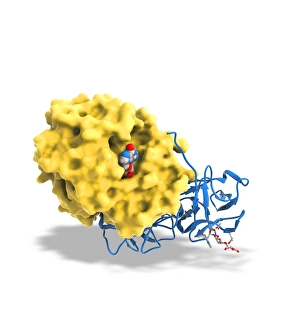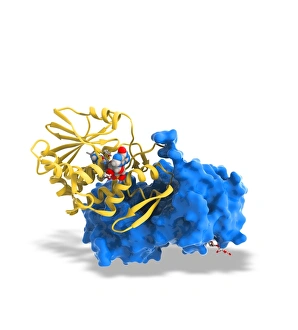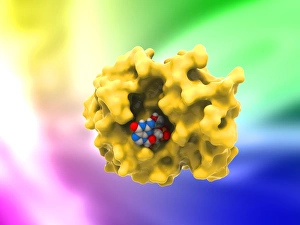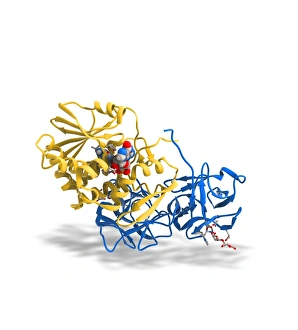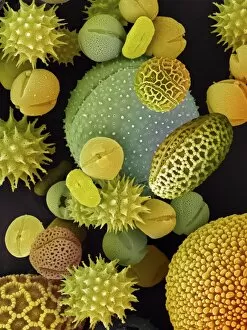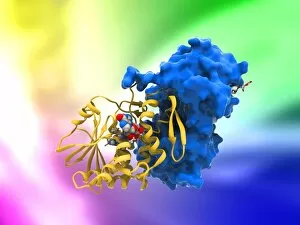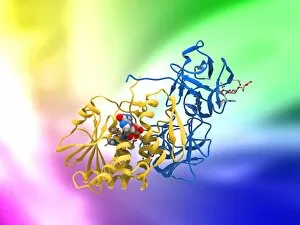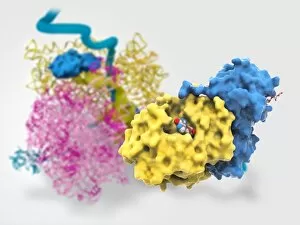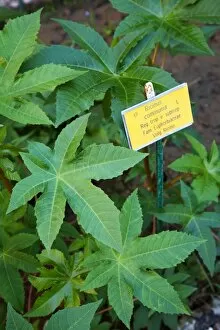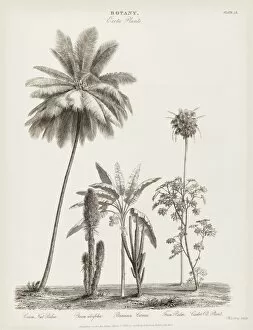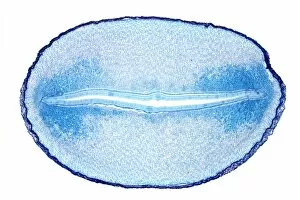Ricinus Communis Collection
"Ricinus communis: Exploring the Versatility of the Castor Oil Plant" The castor oil stem, as seen under a light micrograph
All Professionally Made to Order for Quick Shipping
"Ricinus communis: Exploring the Versatility of the Castor Oil Plant" The castor oil stem, as seen under a light micrograph, reveals the intricate structure of Ricinus communis. Also known as the castor bean or castor oil plant, this versatile plant has been used for various purposes throughout history. In 1896, Desire Bois beautifully illustrated Ricinus communis in his chromolithograph for Edward Step's "Favourite Flowers of Garden and Greenhouse. " The illustration showcased its red and yellow flowers alongside vibrant green leaves, capturing its natural beauty. Not only admired for its aesthetics, but it also holds medicinal properties, and is one among many medical plants that have been utilized for centuries. Its seeds are crushed to extract castor oil - a potent remedy with numerous health benefits. Interestingly, Ricin - a toxic protein derived from the seeds of this plant - has gained attention due to its potential use as a bioweapon. However, it should be noted that proper handling and precautions are necessary when dealing with this substance. In terms of biodiversity, Ricinus communis coexists with other fascinating plants such as Cypress spurge (Euphorbia cyparissias). This juxtaposition highlights nature's diversity and showcases how different species thrive together. Found across Europe, the fruits of the castor oil plant play an essential role in seed dispersal. They contribute to sustaining ecological balance by spreading their seeds far and wide through various means like wind or animal consumption.


